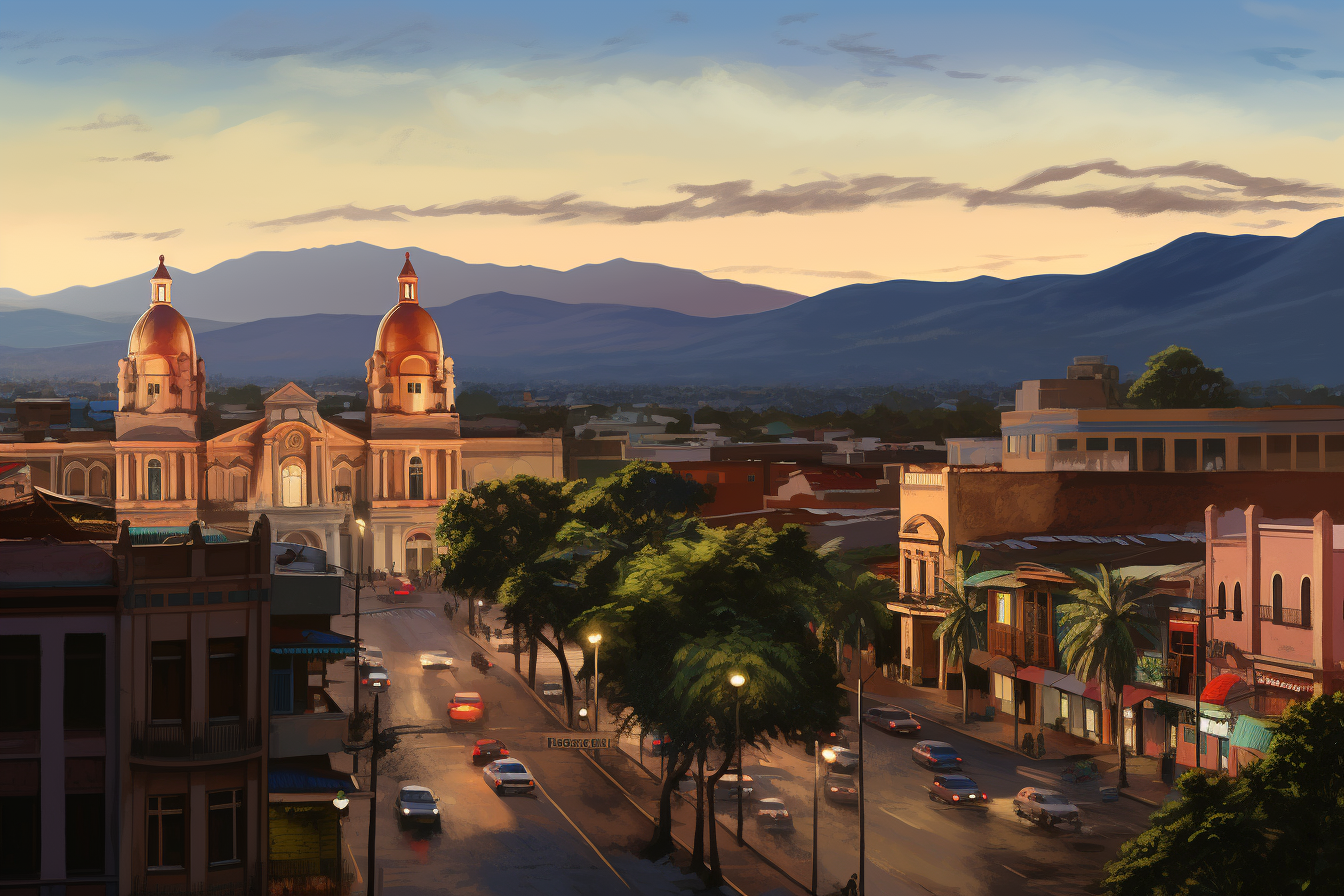A Timeline of Costa Rica
A broad timeline of Costa Rica

Early Inhabitants (circa 10,000 BC - 1500 AD)
The region now known as Costa Rica was inhabited by indigenous peoples such as the Chorotega, Boruca, and Bribri. These groups were primarily hunter-gatherers initially but later developed agricultural practices, including the cultivation of maize and cacao.
Mysterious Stone Spheres of the Diquís (circa 500 AD - 1500 AD)
The indigenous peoples of the Diquís culture in southern Costa Rica crafted nearly perfect stone spheres, ranging in size from a few centimetres to over two meters in diameter. The purpose and methods of construction remain a subject of scholarly debate. These enigmatic artifacts were designated a UNESCO World Heritage site in 2014, and they continue to captivate archaeologists and visitors alike.
Spanish Colonisation (1502 - 1821)
Christopher Columbus arrived in Costa Rica in 1502 during his fourth voyage. The Spanish faced resistance from indigenous groups but eventually established control. The colony was part of the Captaincy General of Guatemala and was largely overlooked due to its lack of resources like gold and silver.
Independence and Formation of Costa Rica (1821 - 1848)
Costa Rica gained independence from Spain in 1821 and joined the Federal Republic of Central America. It became a fully sovereign nation in 1848 under President José María Castro Madriz, setting the stage for democratic governance.
Coffee Processing Methods (1850s)
Costa Rica's coffee industry led to innovations in coffee processing methods, particularly the "Honey Process," which is a semi-washed method that leaves some of the coffee cherry's mucilage on the bean during drying. This method is now used in various coffee-producing countries.
Coffee Economy and Infrastructure (1850s - 1890s)
The coffee industry became the backbone of the Costa Rican economy. The construction of the Atlantic Railroad, connecting San José to Limón, facilitated coffee exports but was also linked to the exploitation of Jamaican labourers.
United Fruit Company and Political Interference (1899 - 1950s)
The United Fruit Company established banana plantations and became a significant force in Costa Rican politics. The company's influence led to social and economic imbalances, and it played a role in political manipulations, including supporting repressive regimes.
Social Reforms and Stability (1940s - Present)
After a brief civil war in 1948, Costa Rica abolished its army, a unique and bold move that has contributed to its long-standing peace and stability. The country invested heavily in education and healthcare, becoming a model for social welfare in Latin America.
Environmental Leadership (1980s - Present)
Costa Rica is a global leader in environmental conservation, with nearly 30% of its land designated as national parks or reserves. The country aims to become carbon-neutral by 2050. Costa Rica has also been a pioneer in offering carbon-neutral certifications for businesses, a program that has been replicated in other countries.
Medical Devices and Biotechnology (21st Century)
In recent years, Costa Rica has become a hub for medical device manufacturing and biotechnology, contributing to advancements in these fields.






